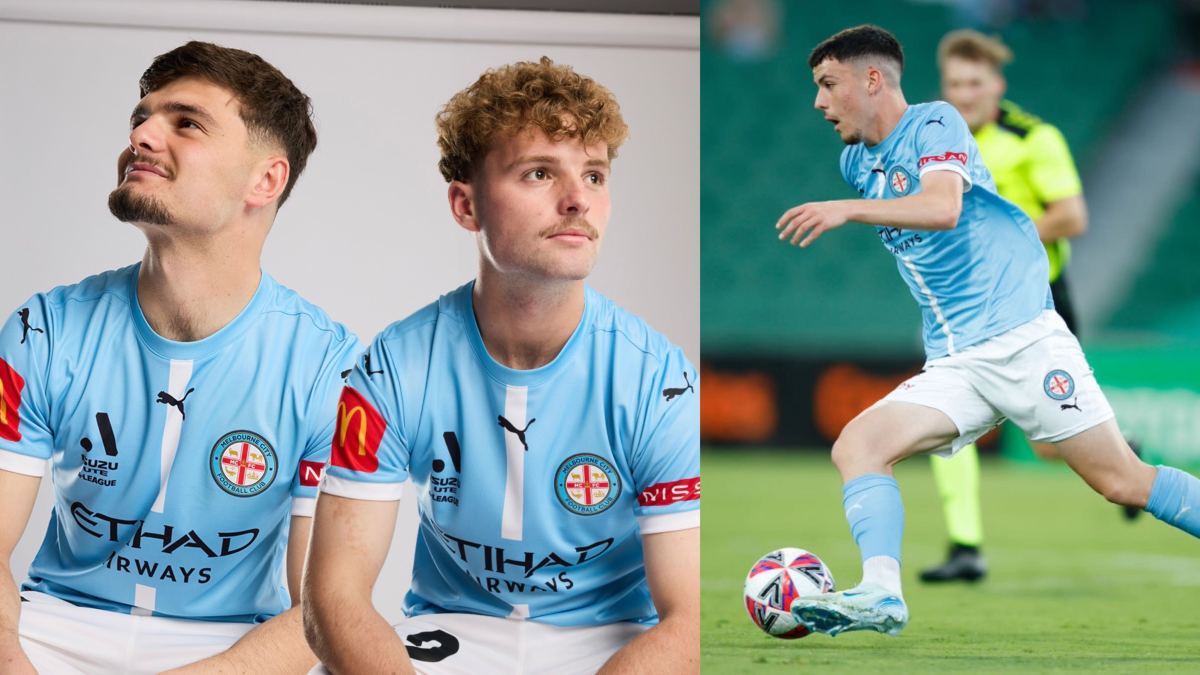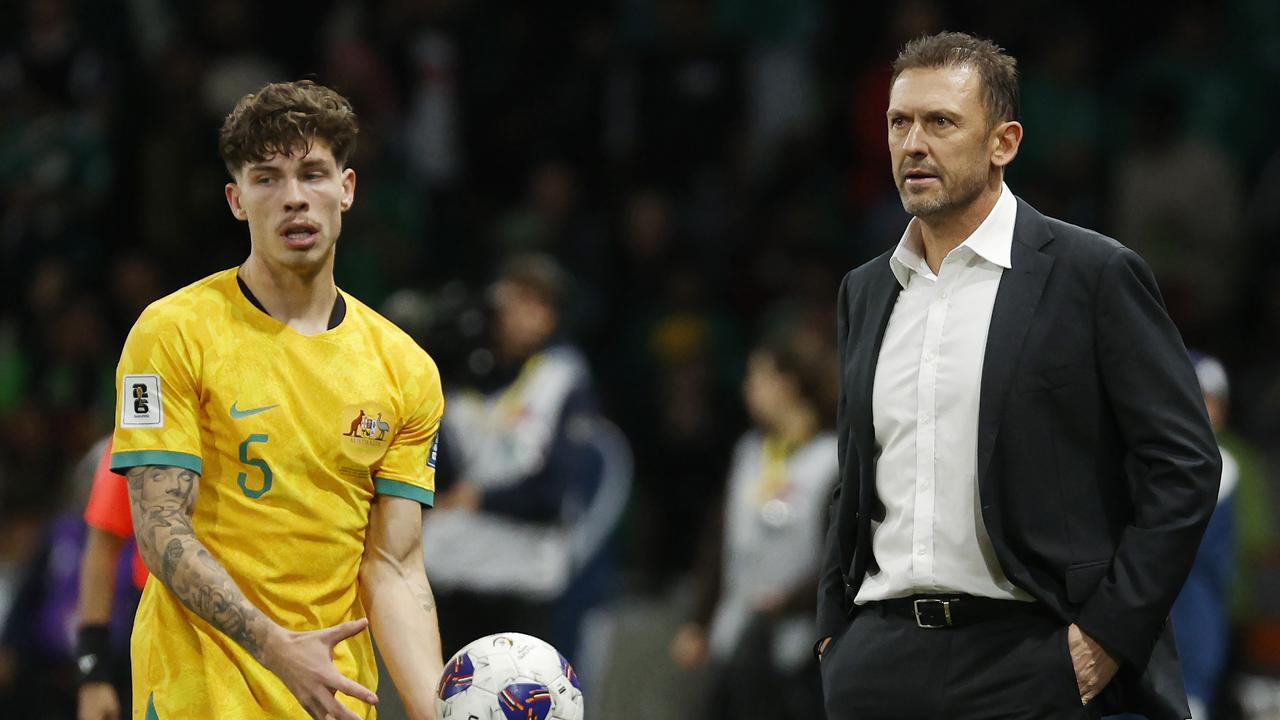The Swans and their arduous journey to becoming a staple of Sydney’s sporting landscape | Joe Moore

- by Admin
- September 26, 2024

While gazing through their north-facing windows this week, those in the AFL’s southern epicentre might be surprised by the view. Sydney’s Swans and Brisbane’s Lions descend on Melbourne to bask in the grand final spotlight in what must be the national competition’s most transformational moment – a once unlikely match-up that has been decades in the making.
For the Swans, celebrating their 150th anniversary this year, a premiership would be the crowning glory. Visitors to the club’s sparkling, world-class training and administration facility at the Royal Hall of Industries – just an Isaac Heeney drop punt from the SCG – could be excused for assuming the club has always been so prosperous. The truth is that resilience reverberates through those walls.
The club is now entrenched within Sydney’s sporting landscape, having gone through a process of relocation, reconnection and rejuvenation over the past half a century.
For 107 years, the Swans were of South Melbourne. During the 1981 VFL season, bereft of financial resources, enduring dwindling membership and housed in crumbling surrounds, its board voted to relocate. The league, also facing economic peril, strongly encouraged the move to Sydney. While the only feasible option, the Swans’ relocation broke many red and white hearts.
“When we were transplanted into Sydney, for want of a better term, a lot of diehard South Melbourne supporters didn’t like it and virtually walked away from the club,” says Bloods great Peter Bedford. “The league wanted to form a national competition, and when the club left, it was almost like losing a part of the family.”
The Swans’ players, led by captain Barry Round, embraced the unknown. However, the venture was severely undercapitalised and under-resourced, and those pioneers leaned heavily on each other, bound by an enterprising spirit.
Despite glimpses of glory, the Swans had lost all traction by the early 1990s. If not for president Peter Weinert’s intervention, persuading the AFL for one last shot at survival, there would be no club at all. Then, the 1993 appointment of chairman Richard Colless was the turning point, the most critical step in gaining a harbour city foothold. Among his priorities was reconnecting with the club’s South Melbourne heritage, something that still drives the club today.
Almost simultaneously, Australian football’s most iconic figure, Ron Barrassi, joined the Swans as senior coach. He represented hope. An eternal advocate for the national game, he promoted the club and the code, injecting credibility just when Sydney needed it most.
When Barassi’s successor, Rodney Eade, led the Swans to the 1996 preliminary final, Colless invited former South Melbourne players to Sydney. In that match, Tony Lockett kicked the winning point after the siren, and the club reached its first grand final in 51 years. Late in the night, former star player, coach and president Graeme John initiated a rousing rendition of Cheer, Cheer the Red and the White in the middle of the SCG. That moment of restoration has never been forgotten.
Just six years later, though, the Swans were fractured. Paul Roos took the coaching reins and changed the course of the club’s history. Guided by a philosophical manifesto created when he retired from playing, he empowered his team to take ownership of its behaviours, values and expectations.
after newsletter promotion
“I could never understand why players weren’t more involved in the processes of a footy club, so I wanted the players to be more accountable, to reward and challenge each other and the coaches,” says Roos. “The system we put in place built trust and confidence in one another. And importantly, the whole club embraced it.”
The team thrived under Roos’ coaching, and he highlights the captaincy of the largely unheralded Stuart Maxfield as just as significant. Through their leadership, the now fabled “Bloods culture” emerged. Its core ingredients have been passed down like a secret family recipe, evolving slightly over time while maintaining its unique, earthy flavour.
That culture inspired the 2005 premiership that broke a 72-year drought, and John Longmire delivered another flag seven seasons later. He is now the Swans’ longest-serving senior coach, and on Saturday, he will lead the team into his fifth decider.
On numerous occasions this year, it has been said that Longmire’s Swans play with “the Sydney swagger”. Yet, built on grit, toil and perseverance, the club’s recent success is born from a hard-nosed commitment to the contest. While red and white supporters revel in the team’s newfound attacking flair, they’re assured by the underlying resolve built into every Bloods player.
The Swans’ story is remarkable. Now adored in Sydney, they smashed membership and attendance records in 2024. The club’s AFLW team leads the league in both metrics. They’ve quadrupled their membership base in the city they departed 43 years ago. It’s emblematic of the strength of their local roots and reflective of an unyielding belief fuelled by a seventh grand final appearance in 20 years. And if they beat the Lions on Saturday, that swagger, a century-and-a-half in the making, will stick around for while yet.
The Latest News
-
November 20, 2024Meat pies, rubbish tips and humble beginnings: Day reflects on long-awaited Aussie return
-
November 20, 2024‘It’s not a great drinking trophy’: Aussie LIV star on epic celebrations and motivation to give back
-
November 20, 2024Vote now for what you think is the most memorable moment in Australia vs India cricket history
-
November 20, 2024LIV, the PGA, the PIF, and all that: Gav Kirkman on where Australia sits in golf’s ecosystem
-
November 20, 2024Australian PGA 2024: Marc Leishman hungry to cap ‘best’ year with big Aussie victory – Australian Golf Digest





